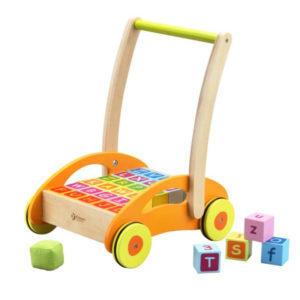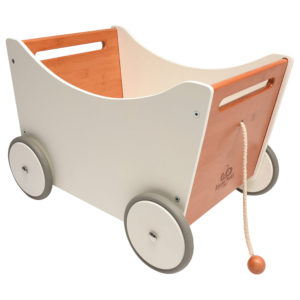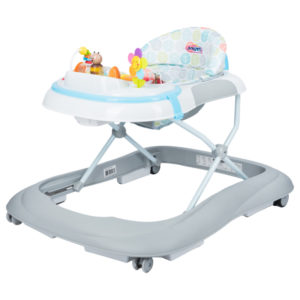As your little one grows in his or her first year, you will hear many questions about their development. Then you will start to wonder, and you will ask yourself when will my baby walk? In this article, you will get the most important information about the age when most babies start walking. What can you provide to help your baby walk? And much more information.
How to Help Your Baby Walk?
When does a baby start walking?
As soon as your baby reaches his or her first birthday, you will be surrounded by questions from people around you about his development and growth. Is your child walking yet? Did his teeth appear? And other questions. Sometimes you will feel anxious and stressed about some questions. Especially those related to walking. And you will start wondering when will your baby walk? Learn with us in this article the most important information related to children’s walking.
Most children walk between the ages of 9 to 12 months, and others walk between 14 to 15 months. So don’t worry if your baby hasn’t walked by this age. And don’t run to the pediatrician wondering: When will my baby walk? Because many healthy children do not walk before they are 16 or 17 months old. During your baby’s first year of life, his muscles will begin to grow and develop. Your baby will start to sit, crawl, stand and walk when he’s ready. Don’t rush these steps if your child is healthy. Always talk to your pediatrician about any problems or concerns you may have.
From a very young age, if you hold your baby’s hands and put his legs on the floor. He will make movements like walking. Your baby does this because of an innate and natural reflex. At nine months your baby will try to stand up by the aid of furniture. Shortly thereafter, he may take his first steps. You can help your child and strengthen his muscles to walk properly with these ideas.
Tips to help your baby walk
1| Teach your child how to bend his knees
When your child stands up, he may find it difficult to sit up again, and start crying for your help. Help him by bending his knees. And train him to get used to it by repeating it after standing for a short time.
2| Encourage him to walk
Encourage your child to walk by sitting down and holding his favorite toy. Ask him to come get it. You can also put your baby in a walker to help him walk
3| Prepare the Environment
Always make sure that the floor on which your child walks is not hard and is furnished with soft carpets. So that your child does not get hurt when he falls. Keep furniture away to protect him from any injuries if he falls. That is where babyproofing comes in handy.
Help your Baby Walk with These Products
Baby Walker with Blocks
Help your baby take his or her first step with this adorable baby walker with fun and colorful blocks. Not only does it help them walk around, but it is also a great way to introduce numbers and letters. This baby walker develops babies’ logical and critical thinking along with their problem-solving skills and color recognition. It truly promotes coordination, fine motor skills, balance, and dexterity.
Wooden Toy Box & Walker
When babies start exploring the world on their own two feet, you must provide them with products that help them along their journey. This pull wooden box is perfect for little babies. It is fun as well as great for their maneuverability. In addition, the material is 100% safe for little ones, and it is easy to pull.
Baby Walker
This baby walker is perfect for little ones who are just getting started to stand up. It is made from high quality plastic, which will last for a long time. The seat cushions are super soft and comfortable. Which will offer maximum comfort to your little baby. This will result in hours and hours of fun, exploring the world, and helping their posture and walking skills.
Enjoy this stage of your little one’s life. It is a period of activity, play and fun. But it is also fraught with risks. Always make sure your child walks in a safe environment indoors and outdoors.









